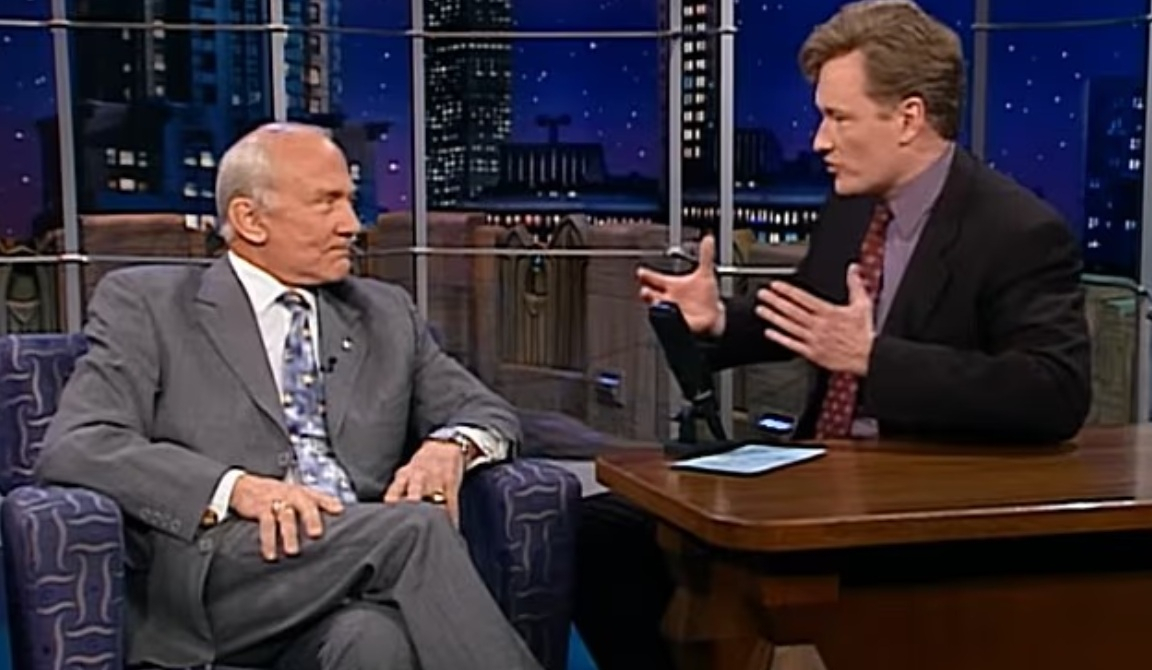As the US commemorates the 59th anniversary of the Apollo 11 moon landing, resurfaced video clips of Buzz Aldrin have sparked renewed conspiracy theories suggesting the mission was faked. This isn’t the first time that questions have been raised about the mission.
Aldrin, the second person to walk on the moon after Neil Armstrong, has spoken publicly about the historic mission for decades. However, two old interviews have recently gone viral, with some viewers claiming he confessed that the U.S. never actually landed on the moon. These clips, which have gained traction during the anniversary celebrations, are being interpreted by some as Aldrin admitting that the moon landing never happened.
Moon landing in Question Again
X
In a 2000 appearance on “The Conan O’Brien Show”, Aldrin left the audience shocked when the host mentioned watching the moon landing as a child. Aldrin abruptly responded, “No, you didn’t.”
“‘There wasn’t any television, there wasn’t anyone taking a picture. You watched an animation.”
The awkward moment left O’Brien at a loss for words, and the clip has since gone viral, amassing millions of views online.
In 2015, Aldrin was again asked by an eight-year-old girl why no one had gone back to the moon. His response was: “Because we didn’t go there, and that’s the way it happened.”
Despite the viral speculation, NASA has consistently maintained that the Apollo 11 mission was authentic, supported by telemetry data, lunar rock samples, and the accounts of thousands of engineers and scientists who worked on the program.
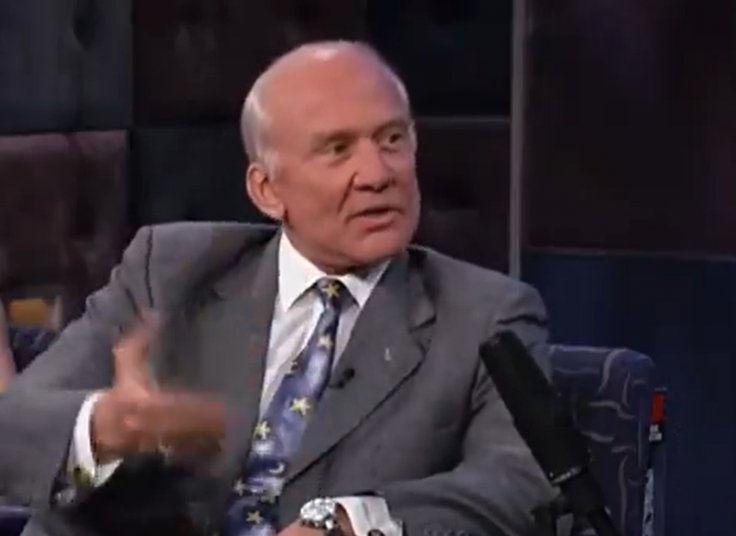
X
The Apollo 11 mission lifted off at 9:32 a.m. ET on July 16, 1969, from Florida’s Kennedy Space Center.
Aboard the spacecraft were Commander Neil Armstrong, 38, Lunar Module Pilot Buzz Aldrin, 39, and Command Module Pilot Michael Collins, also 38, who remained in lunar orbit while Armstrong and Aldrin made their descent to the moon.
At 4:17 p.m. ET on July 20, Armstrong and Aldrin landed on the moon in the Eagle module. A short time later, Armstrong stepped out and delivered his iconic statement: “That’s one small step for man, one giant leap for mankind.”
Historic Moment in Question
The historic event was broadcast globally and viewed by around 600 million people. However, doubts about the authenticity of what was shown have lingered for decades. Skepticism surrounding the moon landing began gaining traction in the mid-1970s, driven by growing public distrust following events like Watergate and the release of the Pentagon Papers.
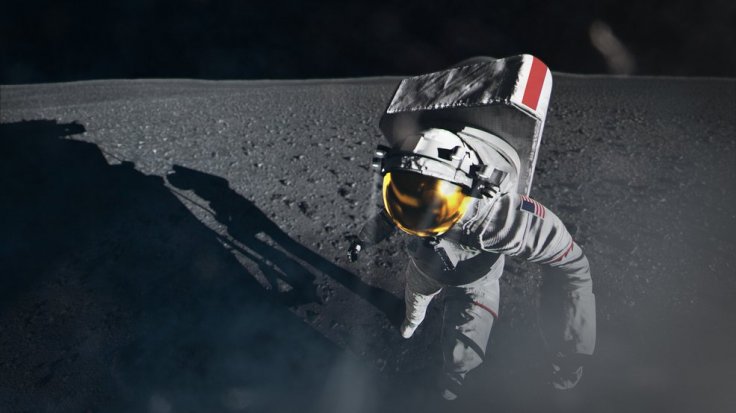
Since then, theories involving staged film sets, lighting anomalies, and questionable interviews have continued to circulate.
NASA has consistently denied those conspiracy theories, citing extensive telemetry records, moon rock samples, and the eyewitness accounts of thousands of scientists, engineers, and astronauts as solid evidence that the mission was genuine.
However, nearly 60 years later, and with Aldrin’s past remarks resurfacing, one of the oldest conspiracy theories in American history persists.
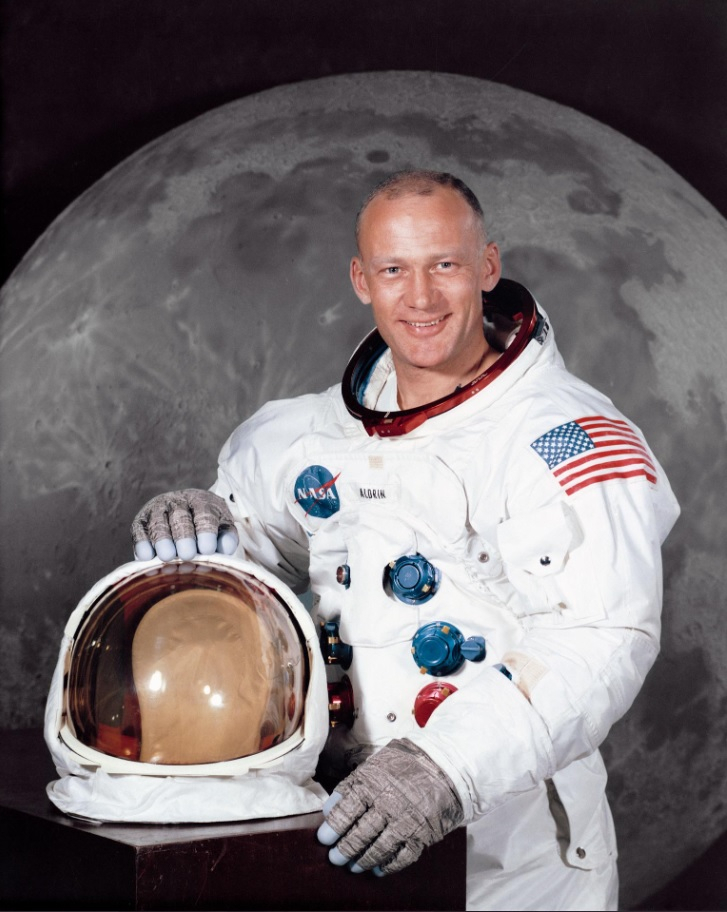
Aldrin’s exchange with Conan O’Brien reignited speculation, as conspiracy theorists interpreted his mention of animated footage during the moon landing broadcast as further evidence that the entire mission had been faked.
“You watched animation so you associated what you saw with… you heard me talking about, you know, how many feet we’re going to the left and right and then I said contact light, engine stopped, a few other things and then Neil said ‘Houston, tranquility base’,” Aldrin told O’Brien.
“‘The Eagle has landed.’ How about that? Not a bad line.”
However, Aldrin was actually referring to the animated sequences that TV networks used during their coverage of the moon landing, which were combined with actual footage.
In a more recent video from the 2015 National Book Festival, Aldrin is seen being interviewed by a young girl about space exploration.
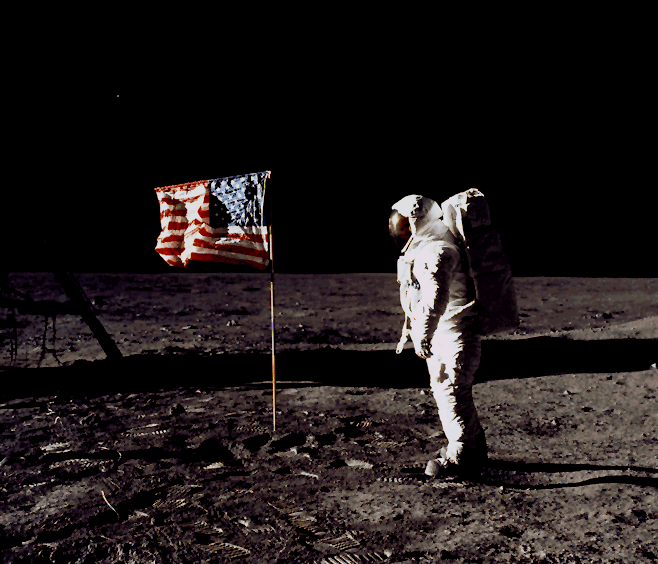
jsc.nasa.gov
When she asks why no one has returned to the moon in such a long time, Aldrin replies, “because we didn’t go there, and that’s the way it happened.”
The clip, which has been widely circulated on social media, cuts off before Aldrin explains that the real reason was due to a lack of funding and changing government priorities, which ultimately brought lunar missions to an end.
Later, he explained, “We need to know why something stopped in the past if we want it to keep going. It’s a matter of resources and money, new missions need new equipment.”

